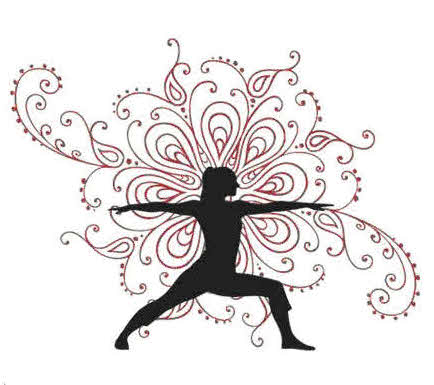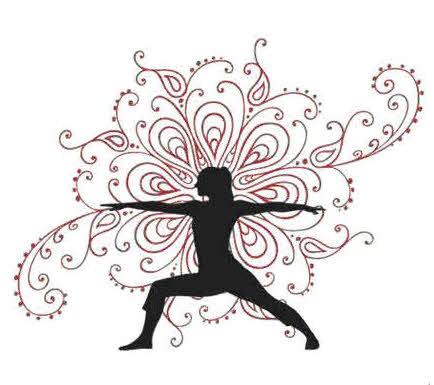
Prayer Beads
Given as an act of friendship, my Chinese friend's mother had sent me two sets of prayer beads or "mala" as they are called in places like Nepal and Tibet. They were for me to wear. She thought I would like them.
Did she know they are used as prayer beads in Tibet? Did she know I have been interested in Yoga for over forty years? Did she know I had recently seen them used in Nepal? Does it matter?
But it did make me do a little reading around about prayer beads. As a child, I had always known that Roman Catholics use the Rosary to say their prayers. I thought I saw Muslim women using prayer beads at a funeral. So Hindus use them, Buddhists do, Muslims do and some Christian's do.
What is their role in enhancing spirituality?
My first double take was realising that the word Bead comes from Middle English and means prayer.
All of the religions use the beads as a way of counting the prayers they send up to God, Allah, the Infinite One. They all use them to help with repetition.
Some Muslims use the Mishbaha ( Arabic) or Tasbih ( Urdu) which has 99 or 33 beads. Some sources say that Allah has 99 names and that saying the Tasbih allows Allah to be given all His names. Others believe that three phrases should be repeated. They translate to Glory to God, Praise be to God, and God is the Greatest.
There is even the thought that the 33 beads correspond to Christ's life time and that tripling it allows for God the Father, God the Son and God the Holy Ghost.
Christians use the Rosary. If you are interested please do look it up, because there is no set number of beads to a Rosary. There is a Crucifix on the Rosary and then some large beads. There are many different ways of using the Rosary but all seem to include saying the Lord's Prayer, the Apostles' Creed and some Hail Mary's. The Rosary acts as a counting aid, helping the person to repeat the prayers the right number of times.
Some Roman Catholics use the Rosary to say the Mysteries, there are four: Joyful, Luminous, Sorrowful, Glorious and each have at least five subdivsions.
In Nepal, the Buddhists were using mala of 108 beads to say Om mani Padme hum which is a mantra that the Dalai Lama uses and which sends out waves of compassion and enlightenment to the world. He talks about it being able to bring about changes in the person who meditates on these words, changes for good, giving wisdom and enlightenment.
Hindus too use prayer beads, the word Mala means garland in Sanskrit and I discovered in Kathmandu that Hindus believed different size prayer beads would have different effects on the person praying. Smaller beads were thought to have medicinal benefits. Most I saw were made of Rudraksha wood.
There are some who think that the 108 stands for one, that corresponds to Bindu which is considered to be a chakra at the back of the head, linked to the Vishuddha chakra that brings purification; zero which corresponds to sunyata, nothing, emptiness, the non-existence of self, the awareness that as John Donne put it "No man is an island"; eight standing for anata a word that means without end.
As always the more you know, you realise the less you actually know of all the mysteries in the world. For me, my Chinese Mala are calling to me to come and meditate. Will I really manage to mindfully say a prayer at each bead? How long will it take? And will it bring me into a meditative state?
And therein lies the secret of prayer beads. Use them to mindfully pray and somewhere in the process, your prayers will move you into meditation. Be at peace.

